Leaf tarragon (Russian tarragon) and French tarragon are two distinct varieties of the same herb family, but they have significant differences in flavor, growing conditions, and culinary use. This comprehensive guide will help you understand the key differences, how to grow each variety, and the best ways to use them in your cooking.
Table of Contents
- What Is Leaf Tarragon?
- Flavor Profile and Culinary Use
- How to Grow Leaf Tarragon
- Buying Guide
- Practical Tips for Using Leaf Tarragon
- Frequently Asked Questions
- Conclusion
What Is Leaf Tarragon?
Leaf tarragon, scientifically known as Artemisia dracunculoides (commonly called Russian tarragon), is a hardy perennial herb that is easier to grow than its French counterpart. It has a milder, more subtle anise-like flavor compared to French tarragon (Artemisia dracunculus var. sativa). While French tarragon is prized by chefs for its robust flavor, leaf tarragon is often preferred by home gardeners for its resilience and adaptability to various growing conditions.
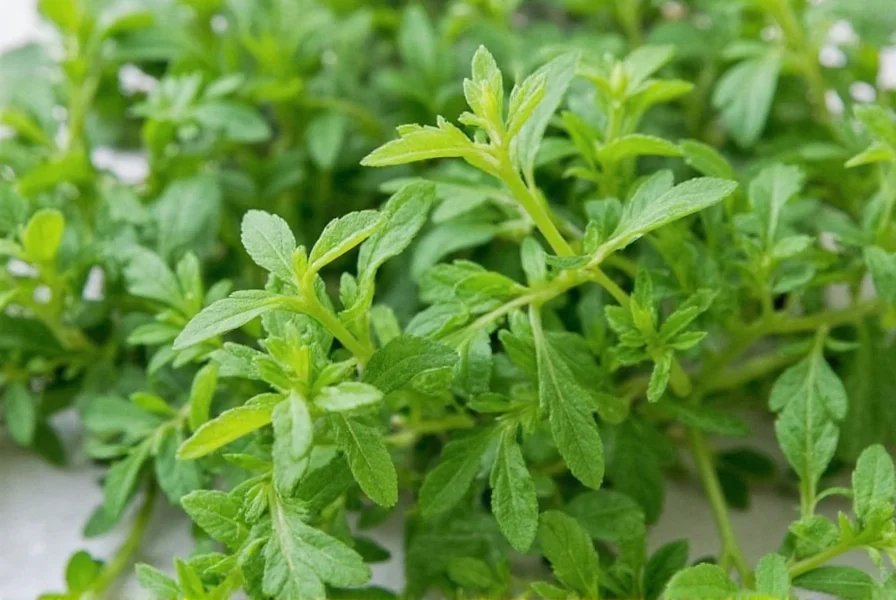
Flavor Profile and Culinary Use
Leaf tarragon offers a delicate, sweet anise flavor that works well in delicate dishes where you don't want overpowering herbal notes. It's particularly suitable for cold applications like salad dressings and cold sauces, as heat diminishes its subtle flavor. French tarragon, in contrast, has a stronger, more complex flavor that holds up better in cooking.
| Herb Type | Scientific Name | Flavor Profile | Best Used In |
|---|---|---|---|
| Leaf Tarragon (Russian) | Artemisia dracunculoides | Mild, sweet, subtle anise | Cold dishes, salad dressings, vinegar infusions |
| French Tarragon | Artemisia dracunculus var. sativa | Strong, aromatic, pronounced anise | Hot sauces, reductions, roasted meats, classic French cuisine |
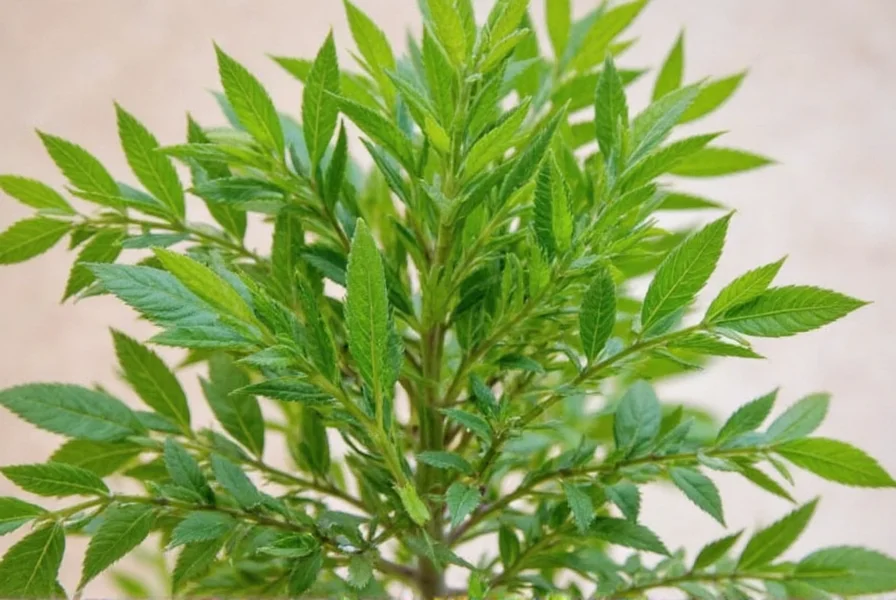
How to Grow Leaf Tarragon
Leaf tarragon is an excellent choice for beginner gardeners due to its hardiness. It thrives in well-drained soil with a slightly alkaline pH (6.5-7.5) and requires full sun for optimal growth. Unlike French tarragon, which is often propagated through cuttings, leaf tarragon can be grown from seeds and is more tolerant of varying conditions.
- Soil: Well-drained sandy or loamy soil with pH 6.5-7.5
- Light: Full sun (6-8 hours daily)
- Water: Water deeply once weekly; avoid overwatering to prevent root rot
- Planting: Sow seeds indoors 6-8 weeks before last frost, or directly outdoors after soil warms to 60°F (15°C)
- Harvest: Pick leaves when plants reach 6-8 inches tall; harvest before flowering for best flavor
- Winter Care: Mulch heavily in cold climates; leaf tarragon is more cold-hardy than French varieties
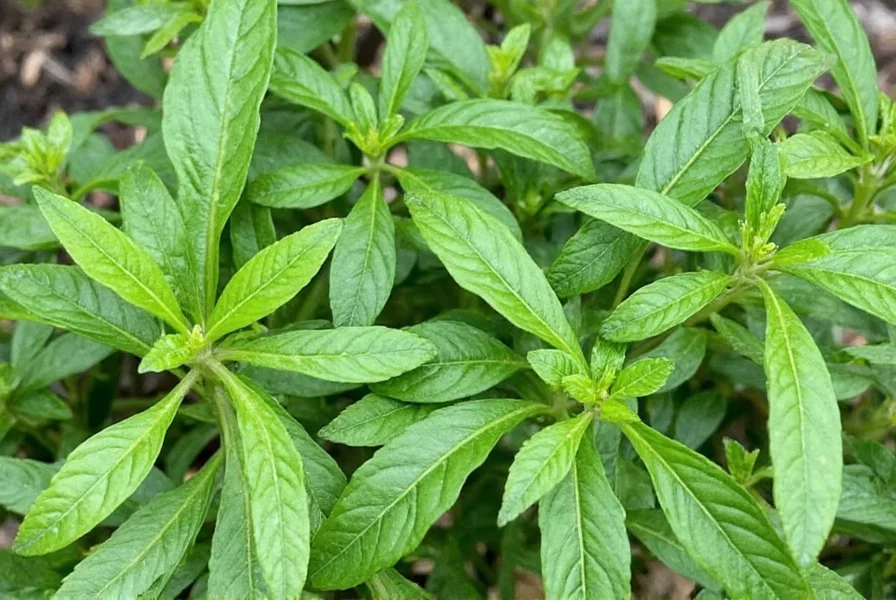
Buying Guide
When purchasing leaf tarragon, consider your intended use. For culinary purposes, fresh French tarragon is generally preferred by chefs, but leaf tarragon is an excellent choice for gardeners looking for an easy-to-grow herb.
Top Products to Consider
- Organic Leaf Tarragon Seeds
- Features: Non-GMO, high germination rate, cold-hardy variety
- Advantages: Cost-effective for large plantings; perfect for container gardening
- Use Cases: Home gardens, herb gardens, container planting
- Target Audience: Home gardeners, DIY herb enthusiasts
- Suitable Occasions: Spring planting, container gardening projects
- Dried Leaf Tarragon (Organic)
- Features: Air-dried, no additives, resealable packaging
- Advantages: Long shelf life; retains flavor better than many commercial dried herbs
- Use Cases: Salad dressings, vinegar infusions, marinades
- Target Audience: Home cooks, meal preppers
- Suitable Occasions: Quick meal preparations, preserving summer harvest
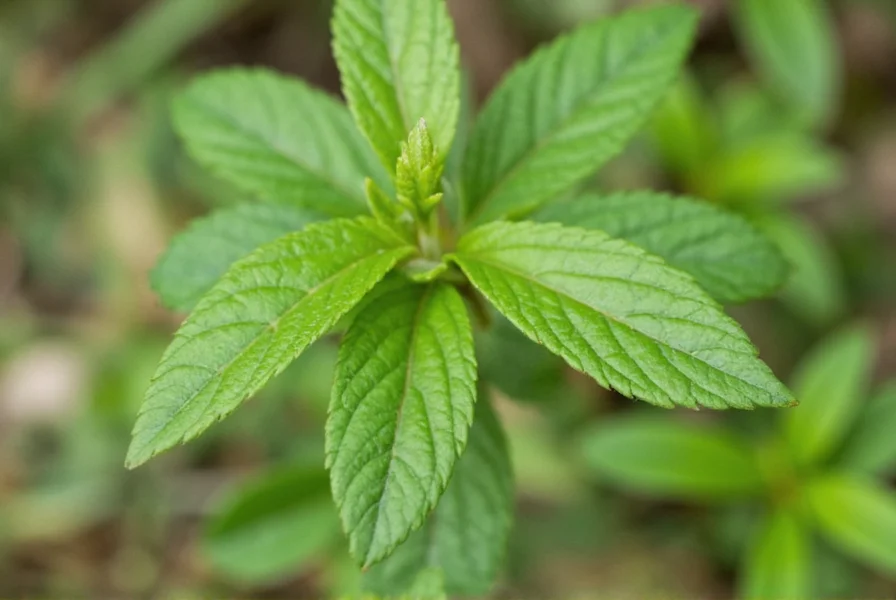
Practical Tips for Using Leaf Tarragon
Here are professional culinary tips to maximize leaf tarragon's potential in your kitchen:
- Add at the end: Because of its delicate nature, add leaf tarragon to hot dishes just before serving to preserve flavor. For cold applications, infuse for 30 minutes before serving.
- Pair with citrus and vinegar: The anise notes complement lemon, lime, and vinegar beautifully. Try a tarragon-infused vinegar for salad dressings.
- Make tarragon salt: Blend dried leaf tarragon with sea salt for a versatile seasoning that enhances fish, chicken, and roasted vegetables.
- Use in cold dishes: Leaf tarragon shines in cold applications like tzatziki, herb butters, and chilled soups where its subtle flavor won't be overwhelmed by heat.
- Store properly: Fresh leaves: wrap in damp paper towel and store in airtight container in refrigerator for up to 1 week. Dried: store in dark, airtight container away from heat for up to 1 year.
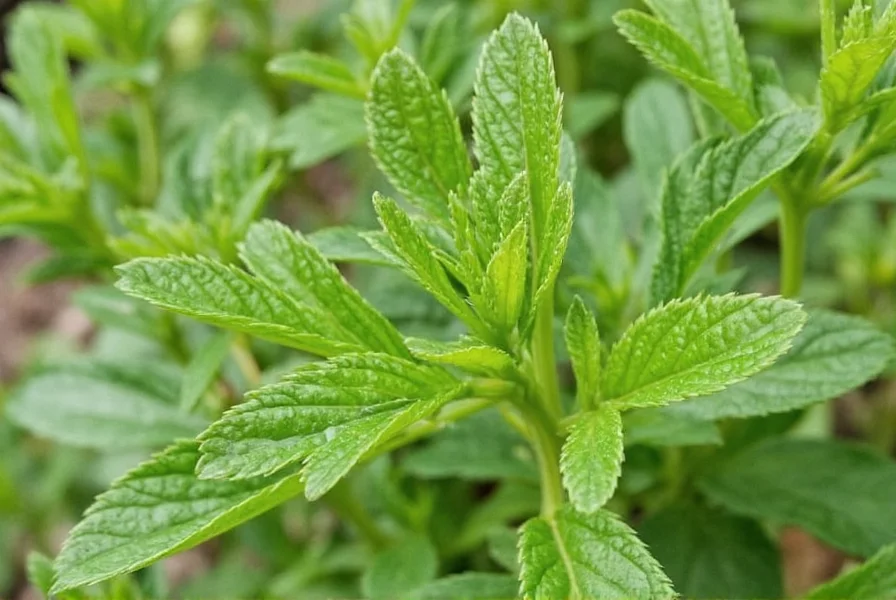
Frequently Asked Questions (FAQ)
- What is the difference between leaf tarragon and French tarragon?
- Leaf tarragon (Artemisia dracunculoides) has a milder, sweeter anise flavor and is more cold-hardy, making it easier to grow from seed. French tarragon (Artemisia dracunculus var. sativa) has a stronger, more complex flavor preferred by chefs but is more difficult to grow and typically propagated through cuttings. Leaf tarragon is often called Russian tarragon, while French tarragon is the variety used in classic French cuisine.
- Can I use leaf tarragon as a substitute for French tarragon?
- Yes, but use 1.5 times the amount of leaf tarragon when substituting for French tarragon in recipes. It works best in cold applications like salad dressings and vinegars, but avoid using it in hot dishes where its delicate flavor may dissipate. For authentic French recipes like béarnaise sauce, French tarragon is recommended.
- How do I substitute dried leaf tarragon for fresh?
- Use one-third the amount of dried leaf tarragon when replacing fresh (e.g., 1 teaspoon dried for 1 tablespoon fresh). Add dried tarragon earlier in cooking for cold dishes to allow flavors to infuse, as it takes longer to release its oils.
- Why does my homegrown tarragon taste bland?
- This often happens with leaf tarragon (Russian tarragon) varieties, which are naturally milder than French tarragon. Ensure you're harvesting before flowering (when flavor is most concentrated) and using leaves in raw applications like salads or cold sauces where delicate flavors shine. For stronger flavor, consider growing French tarragon instead.
- What foods should I avoid pairing with leaf tarragon?
- Its subtle flavor gets overpowered by strong spices like cumin, smoked paprika, or garlic. Avoid using it in heavily spiced dishes like chili, robust stews, or curries where its anise notes won't be noticeable. It also doesn't pair well with very acidic ingredients like vinegar in hot applications.
- How can I tell if dried tarragon has gone bad?
- Check for faded color (should be bright green to yellowish-green) and weak aroma. Properly stored dried leaf tarragon lasts 1-2 years. If it smells dusty or has no scent when crushed, it's lost potency and should be replaced. Fresh tarragon should have a strong anise scent when crushed.
Conclusion
Leaf tarragon offers a unique, subtle anise flavor that makes it an excellent choice for home gardeners and cooks seeking an easy-to-grow herb. While it may not match French tarragon's intensity for classic French cuisine, its versatility in cold dishes, vinegars, and salad dressings makes it a valuable addition to any kitchen. By understanding the key differences between varieties and following proper growing and usage techniques, you can maximize leaf tarragon's potential in your culinary creations. Whether you're growing it in your garden or purchasing dried leaves, this herb brings distinctive flavor to a wide range of dishes when used correctly.
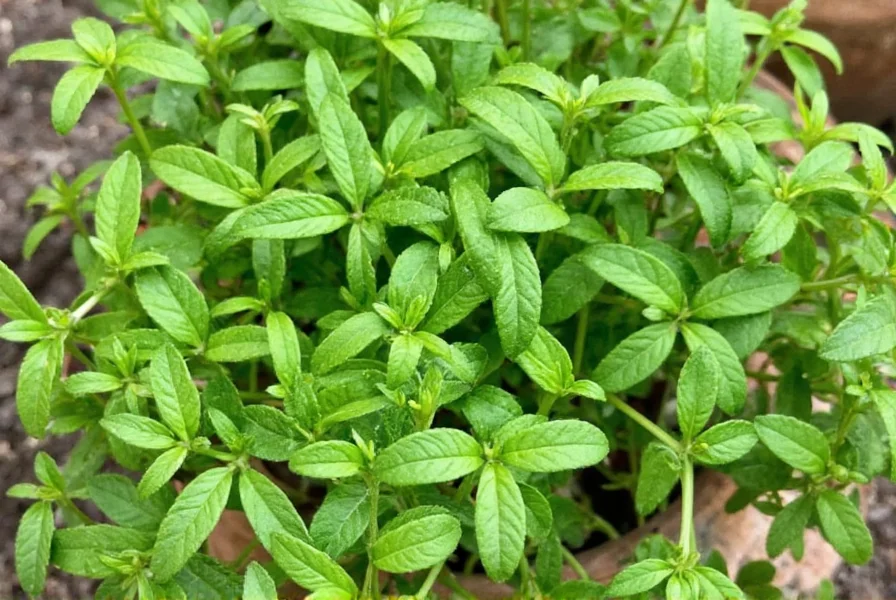

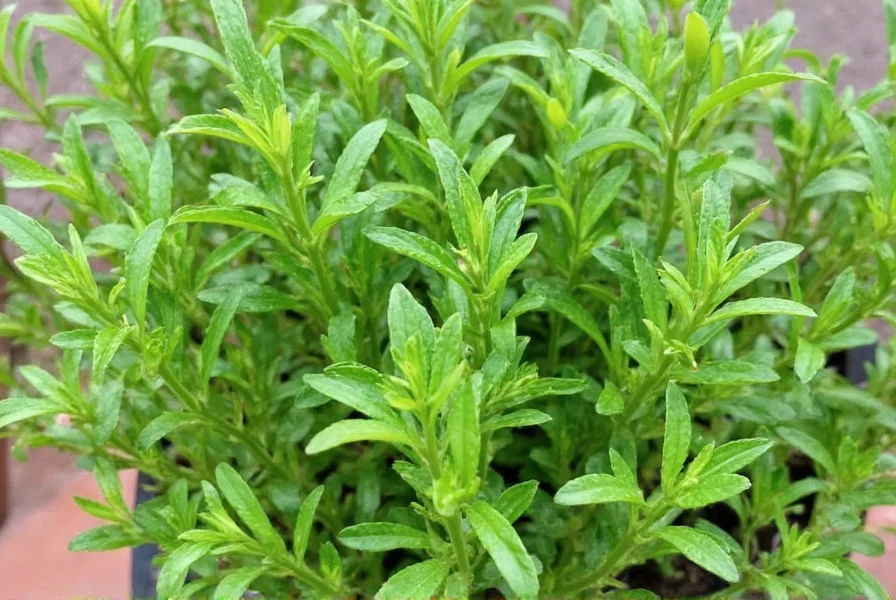









 浙公网安备
33010002000092号
浙公网安备
33010002000092号 浙B2-20120091-4
浙B2-20120091-4